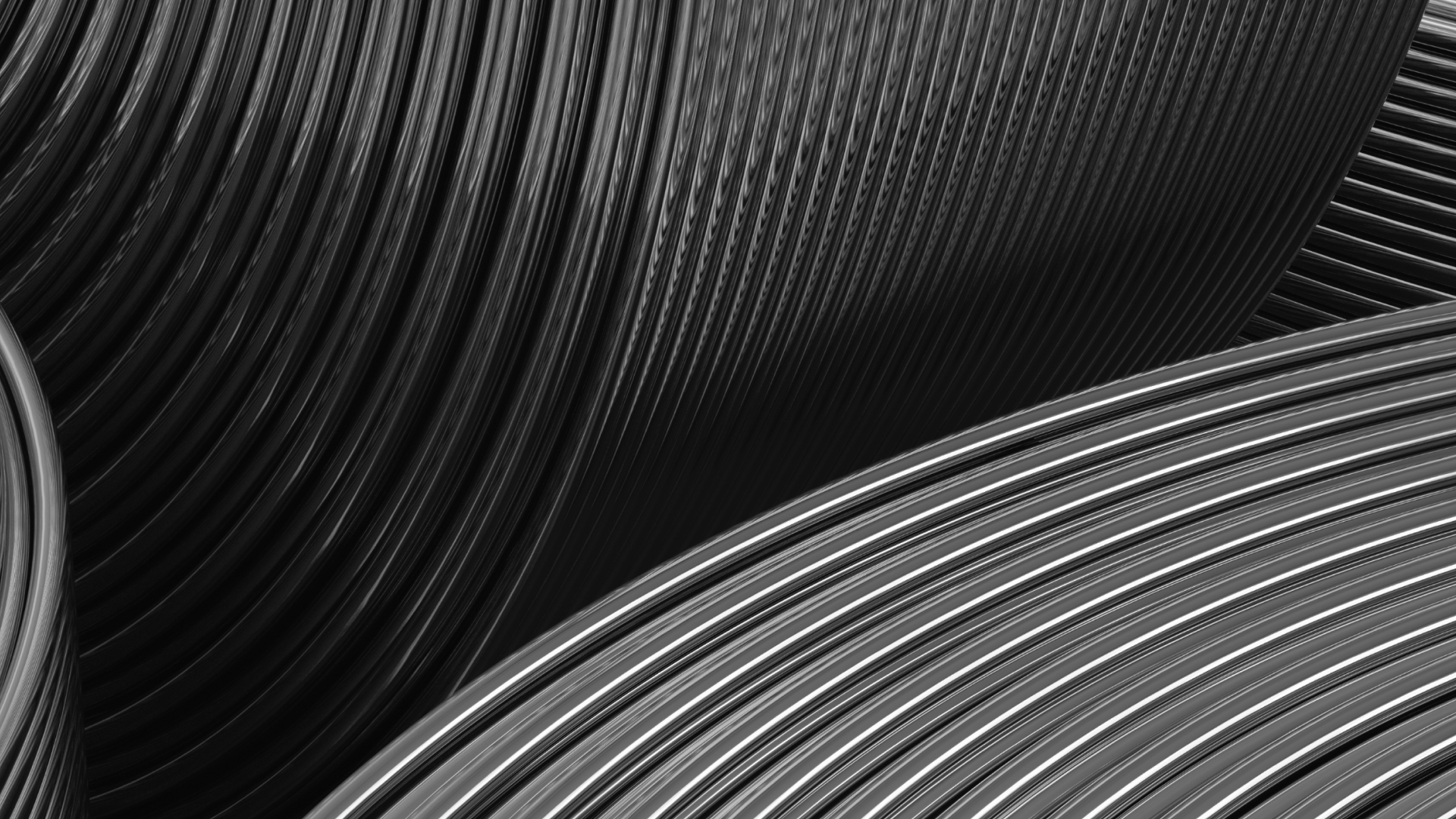What we do

Creating aluminium
The pure form of aluminium does not naturally occur in nature,
so it remained largely unknown until as recently as 200 years ago.
Creating aluminium using electricity was first developed in 1886
and is still used to this day.
Bauxite mining
Aluminum production starts with the raw material bauxite, an aluminium rich mineral in the form of aluminium hydroxide. There are around 29 billion tonnes of known reserves of bauxite and at the current rate of extraction, these reserves will last us more than 100 years.
Scroll down

Symbiotic combination of assets
Our assets are located in the heart of Siberia, next to Lake Baikal, the largest freshwater reserve in the world. This allows En+ Group to harness the unique potential of the Angara and Yenisey rivers. En+ Groups symbiotic combination of power generating and aluminium assets allows to set industry standards in operational efficiency. We are constantly expanding and upgrading our production facilities.